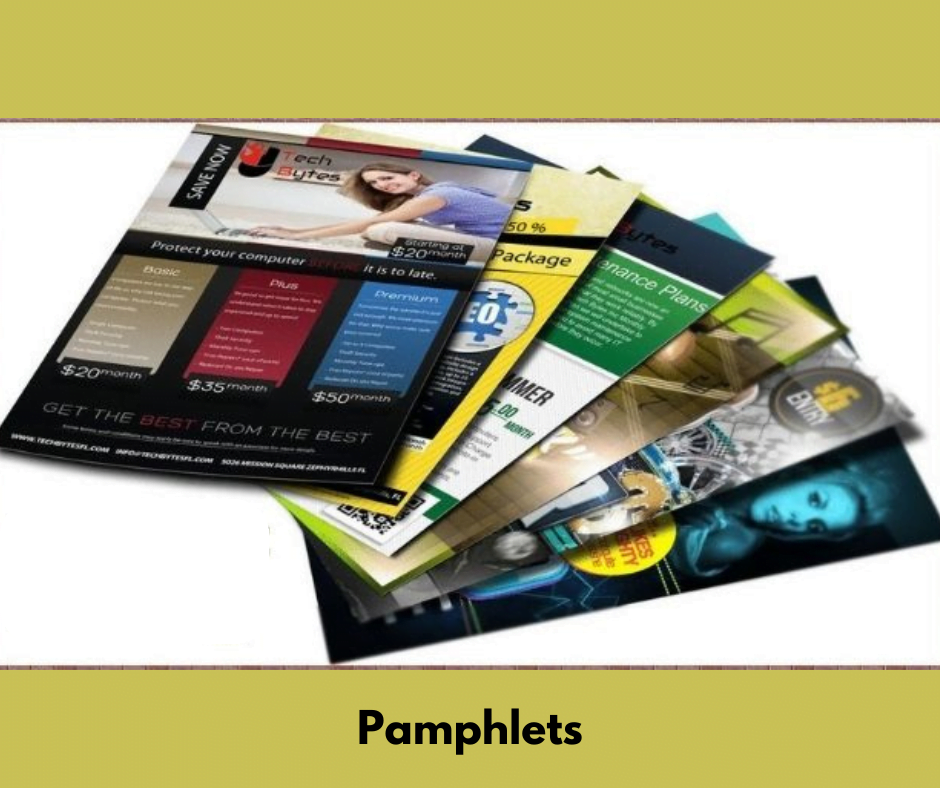History of Ashurbanipal Library (Ancient library)
The Ashurbanipal Library The beginning of human civilization marks the beginning of man’s quest for knowledge. Additionally, along The dissemination of knowledge also starts along with this quest for knowledge and takes many forms, including gestures, lines, letters, and forms. The environment of knowledge has been flowing in different directions throughout history. The materials of […]
History of Ashurbanipal Library (Ancient library) Read More »









